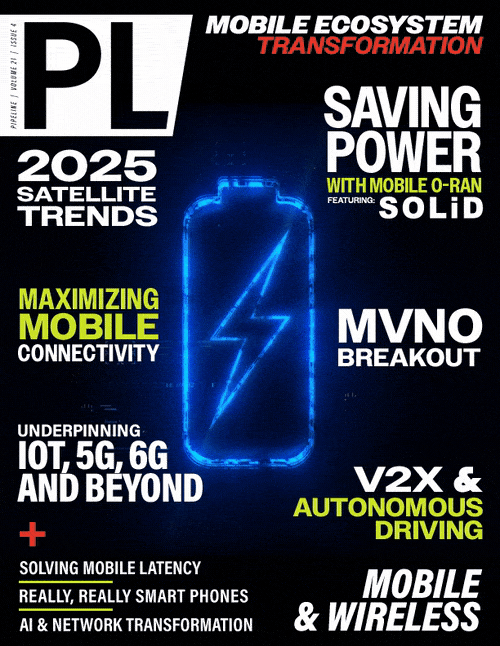Solving Pervasive Mobility’s Latency Puzzle by Fusing
Telecommunications Legacy with Edge Innovation
These solutions simplify cable management, enable faster installations and reconfigurations, and support the higher density needed for hyperscale and edge environments. By reducing physical-layer complexities and streamlining fiber connections, these innovations improve operational efficiency, reduce downtime, and minimize latency.
Power Distribution: The Legacy Advantage
The same characteristics needed to advance network connectivity — efficiency, reliability, scalability — are equally important for the underlying power infrastructure. A significant opportunity lies in leveraging legacy 48V DC power networks, a mainstay of telephone systems. These networks, once the backbone of Central Office (CO) power distribution, can be repurposed to support modern equipment at edge nodes, neighborhood remote terminals, and cell towers.
Through this process — Central Office Rearchitected as a Data Center (CORD) — network operators can repurpose these spaces to run a small data center, rent out as an edge data center, or install a cloud-based content delivery network sitting on regular data center servers.
Modern 48V switch power distribution units (PDUs) enhance this legacy infrastructure with advanced features. They allow operators to remotely manage power distribution, reboot unresponsive servers without on-site intervention, and monitor environmental conditions via integrated sensors.
A major advantage of CORD in pervasive mobility is the ubiquity of its infrastructure. It is already located where the end users are, enabling low-latency operations. By integrating legacy 48V DC
power systems with these advanced PDUs, operators can rapidly deploy edge data centers without expensive infrastructure overhauls.
Similarly, open radio access networks (ORAN) transform an industry standard into a new application, offering a more flexible and cost-effective approach to network deployment. Traditional RAN systems rely on proprietary hardware and software from a single vendor, limiting interoperability and innovation. With ORAN, meanwhile, operators can take a white box server, turn it into a telecommunications switch and deliver an open interface that anybody can build upon.
Additionally, ORAN facilitates edge integration by supporting distributed network architectures. With ORAN, processing can be virtualized and moved closer to the network edge, reducing latency and improving the performance of real-time applications. This capability is particularly important for emerging use cases such as autonomous vehicles, smart cities, and industrial IoT, where low-latency connectivity is essential.
Operational Intelligence
If connectivity and power are the backbone of pervasive mobility, operational intelligence is the central nervous system. Operators can track the health of their networks in real-time with sensors that monitor numerous variables, such as temperature, humidity, air quality and moisture. These insights can bring attention to unfavorable operating conditions, allowing for potential issues to be addressed before problems arise.
Remote power monitoring solutions further refine the network management process. Centralized control over power distribution and monitoring give operators the tools they need to optimize their operations, as well as the data needed to perform predictive maintenance. This translates to fewer on-site interventions, or truck rolls, which reduces costs and ensures faster response times, all of which leads to lower downtime and greater reliability.
A Fully Interconnected Network
The way to achieve pervasive mobility is clear. It requires a fully interconnected ecosystem where fronthaul, edge, and core work in unison to deliver seamless, low-latency experiences.
While fiber and copper networks remain critical, the path forward requires creative solutions — for example, reimagining the legacy 48-volt telephone infrastructure in many existing buildings throughout the world. Supporting pervasive mobility also means integrating advanced connectivity solutions such as transceivers and fiber cable connections with supporting infrastructure, including racks, PDUs and track busway systems, designed to support both hyperscale and edge environments.



















